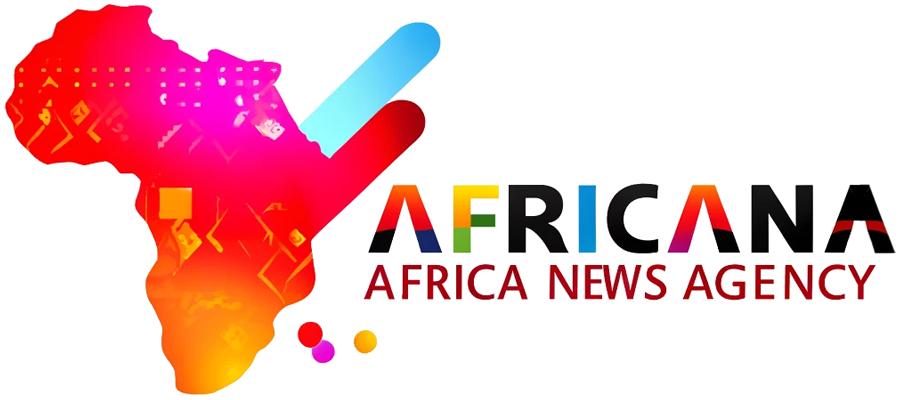Share
The tragic story of blood minerals in Africa is one of modern-day exploitation, suffering, and death. These minerals—such as gold, diamonds, tantalum, tin, and tungsten—are essential components of modern technology, including smartphones, laptops, and other electronics. While they fuel the global tech industry, their extraction in conflict zones across Africa has resulted in widespread violence, human rights abuses, and environmental destruction, particularly in countries like the Democratic Republic of Congo (DRC), Sierra Leone, and Central African Republic (CAR). The individuals caught in this exploitation are the modern-day martyrs, victims of greed, conflict, and a global demand for resources.
The Role of Blood Minerals in Africa’s Conflict Zones
In several African nations, the mining of valuable minerals is often controlled by armed groups that use violence and intimidation to maintain control over mining areas. The profits from these minerals—commonly referred to as “conflict minerals”—are used to fund civil wars, insurgencies, and brutal militias. The victims of these conflicts are often local civilians who face forced labor, extortion, displacement, and, in many cases, death.
Democratic Republic of Congo (DRC): The DRC is one of the largest producers of conflict minerals, particularly tantalum, which is used in the production of capacitors for electronics. Armed groups in the DRC, including militia and rebel factions, maintain control over mining areas, where they force civilians, including children, to mine minerals under dangerous and inhumane conditions. Profits from these minerals finance ongoing violence in the country, which has claimed millions of lives in the past two decades.
Sierra Leone: In the 1990s, Sierra Leone became infamous for its blood diamonds—diamonds mined in war zones and sold to finance armed conflict against the government. The civil war in Sierra Leone was fueled by these diamonds, and civilians, including women and children, were often the victims of violence, amputations, and other horrific acts. The international spotlight on Sierra Leone’s blood diamonds helped lead to the creation of the Kimberley Process, an initiative aimed at preventing the trade of conflict diamonds.
Central African Republic (CAR): The CAR has experienced similar problems with diamonds and gold being mined in areas controlled by armed groups. The profits from these minerals are used to fund militias, which perpetuate violence, displace civilians, and destabilize the country. Despite international efforts to regulate the sale of conflict minerals, enforcement remains challenging in regions with weak governance.
Human Cost of Blood Minerals
The human cost of conflict minerals is staggering. In addition to the violence and deaths directly associated with these conflicts, millions of civilians suffer from the economic and environmental consequences of unregulated mining. Key impacts include:
Child Labor and Slavery: Children are often forced to work in dangerous mining conditions, where they face physical harm, lack of education, and exploitation. Many are forced into slavery-like conditions, where they have no rights and no means of escape.
Environmental Destruction: Mining for minerals like gold and tantalum has led to significant environmental degradation in Africa. Rivers are polluted with chemicals like mercury and cyanide, deforestation is rampant, and the disruption of ecosystems affects food security for local communities.
Displacement and Refugees: In conflict zones, violence related to mining has displaced millions of people, forcing them to flee their homes and seek refuge in overcrowded and under-resourced camps. The DRC alone has over 5 million internally displaced people due to ongoing conflict, much of which is linked to the mining of minerals.
Health Consequences: The unregulated nature of mining operations, combined with the use of toxic chemicals, has led to severe health consequences for miners and nearby communities.
Respiratory illnesses, mercury poisoning, and physical injuries from dangerous working conditions are common.
International Efforts to Curb Conflict Minerals
The global community has made some progress in addressing the issue of blood minerals through regulations and certifications. Key initiatives include:
The Kimberley Process: Established in 2003, this certification scheme aims to prevent the sale of conflict diamonds by ensuring that diamonds entering the global market are conflict-free. However, critics argue that the process has been only partially effective, as it is difficult to monitor all diamond-producing regions.
Dodd-Frank Act: In the United States, the Dodd-Frank Wall Street Reform and Consumer Protection Act requires companies to disclose whether their products contain minerals sourced from conflict zones, particularly in the DRC. While this has increased transparency, enforcement is limited, and many companies have found ways to circumvent these regulations.
International Advocacy and Corporate Responsibility: Advocacy groups such as Global Witness and The Enough Project have called for greater accountability from multinational corporations that benefit from conflict minerals. These organizations pressure companies to ensure that their supply chains are free from conflict minerals and encourage consumers to demand ethically sourced products.
The Path Forward
The fight against blood minerals is far from over. While international initiatives have made some progress, the demand for minerals in the tech industry continues to drive exploitation in Africa’s conflict zones. Greater efforts are needed to enforce regulations, protect vulnerable communities, and ensure that the profits from Africa’s rich resources benefit the people, rather than fueling violence and oppression.
For the modern-day martyrs—the victims of the blood mineral trade—real change will only come when the global community prioritizes ethical sourcing, invests in sustainable development, and holds both governments and corporations accountable for their role in the exploitation of Africa’s resources.
Image source:i0.wp.com


